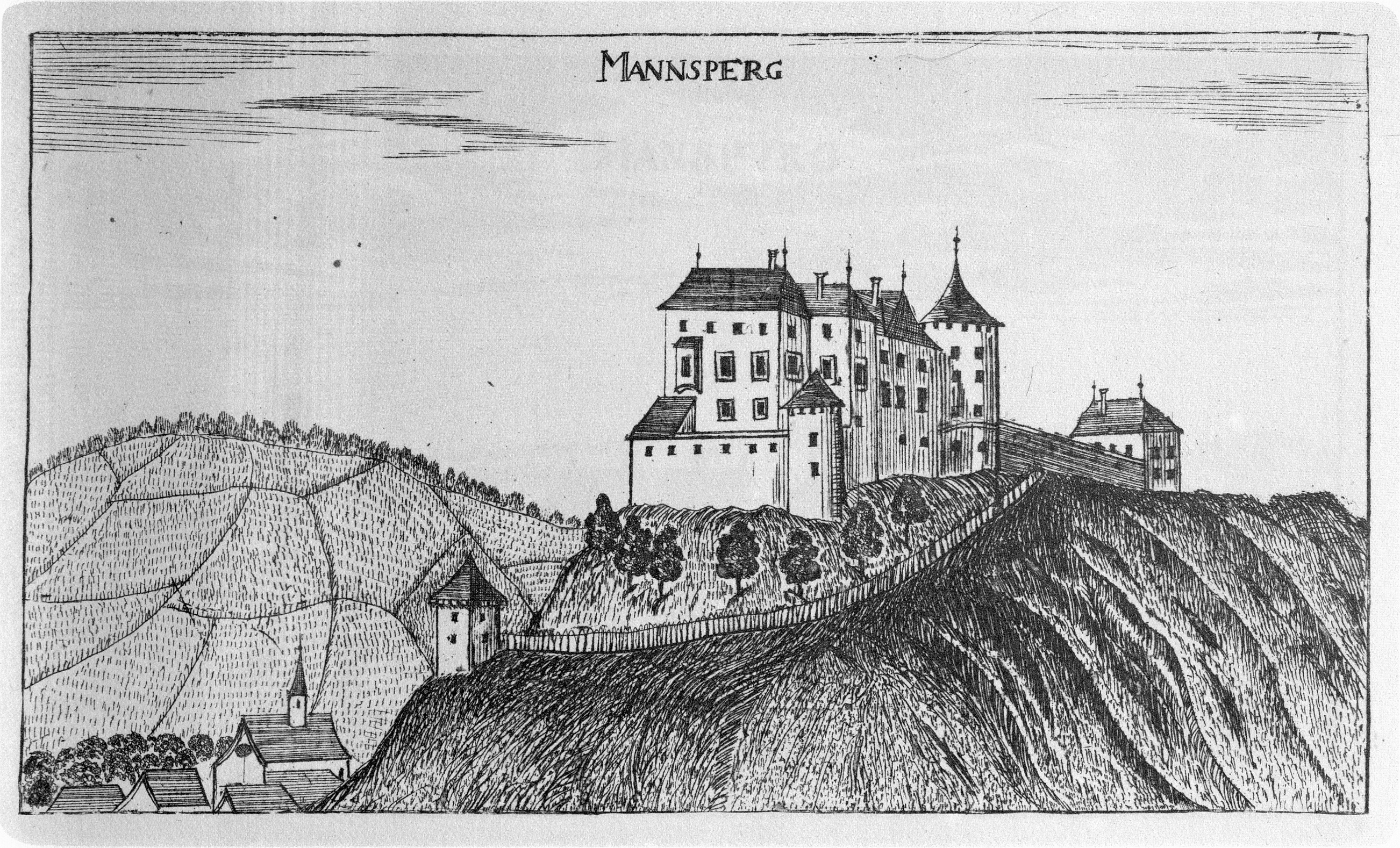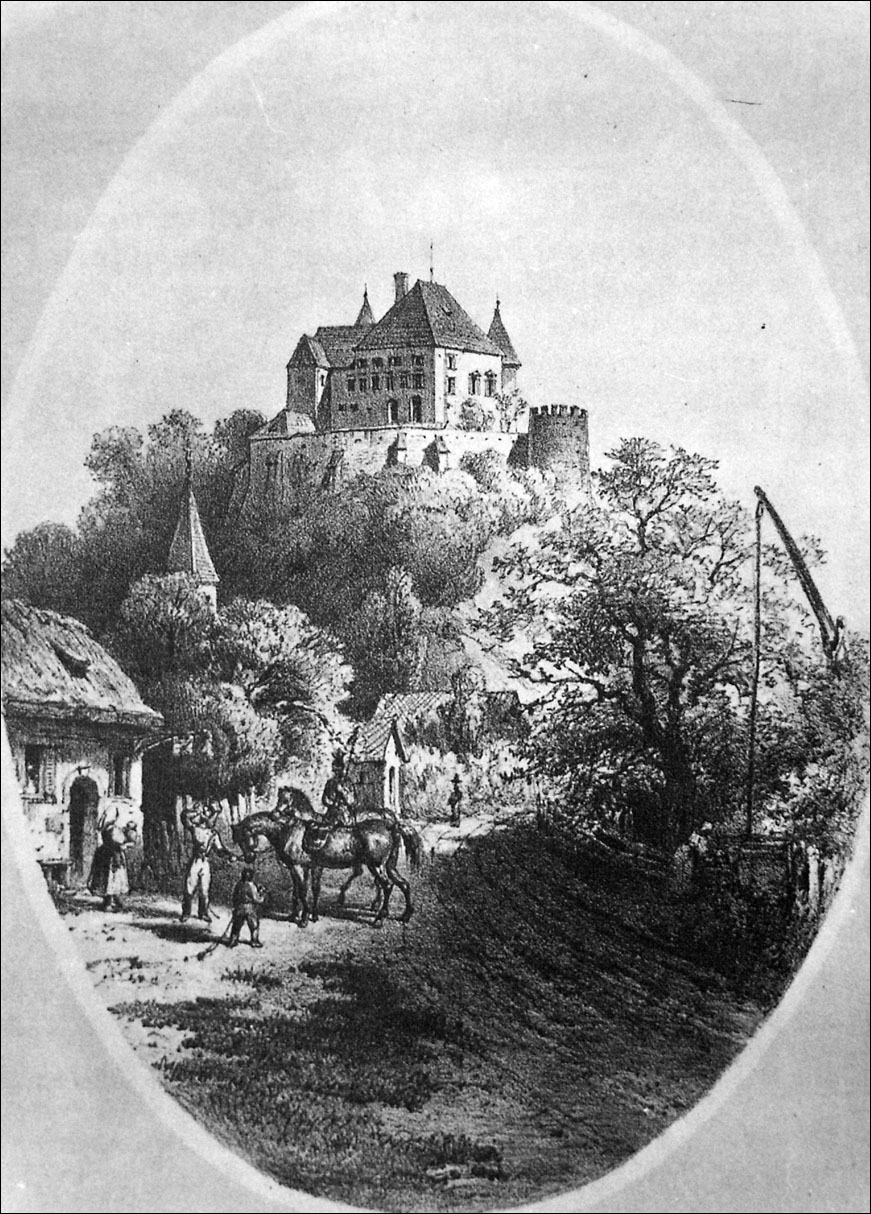|
Majšperk Castle
Majšperk Castle ( sl, Grad Majšperk, german: Schloss Monsperg) is a ruined castle near Majšperk, Slovenia. History The castle's architectural features date it to the 13th century; it is first mentioned in 1256, under the Latin name ''castrum Mannesperch''. Later, the name is given differently, as ''vest vnd turn Mannesperch'' and ''geslos Monsperg'' in 1340 and 1478 respectively. In 1635 the castle fell to a peasant revolt This is a chronological list of conflicts in which peasants played a significant role. Background The history of peasant wars spans over two thousand years. A variety of factors fueled the emergence of the peasant revolt phenomenon, including: ... and was burned; it burned down again in 1695, but was each time rebuilt. Through the years, the castle belonged to several noble families, including the houses of Moscon, Jurič, and Hohenwart. In 1885 the castle had been uninhabited for years and was already in a state of severe disrepair; by the end of the 19 ... [...More Info...] [...Related Items...] OR: [Wikipedia] [Google] [Baidu] |
Vischer - Topographia Ducatus Stiria - 262 Monsberg Bei Pettau - Majsperk
Vischer is a surname, and my refer to: * Vischer family of Nuremberg, a family of sculptors active in Nuremberg between 1453 and 1549 **Hermann Vischer, the Elder (died 1487) ** Peter Vischer the Elder (1455–1529) ** Hermann Vischer, the Younger (1486–1517) **Peter Vischer the Younger (1487–1528) **Hans Vischer (1486-1546) * Blanca Vischer (1915–1969), Guatemalan film actress * Friedrich Theodor Vischer (1807–1887), a German novelist and philosopher * Phil Vischer (born 1966), director and co-creator of VeggieTales * Wilhelm Vischer Wilhelm Eduard Vischer (30 April 1895 in Davos – 27 November 1988 in Montpellier) was a Swiss pastor, theologian, Hebraist, Old Testament scholar and amateur Lied lyricist. One of his major areas of study was that of Christ in the Old Tes ... (1895–1988), a Swiss pastor and theologian * Wilhelm Vischer (botanist) (1890–1960), a Swiss botanist {{surname German-language surnames ... [...More Info...] [...Related Items...] OR: [Wikipedia] [Google] [Baidu] |
Castle
A castle is a type of fortified structure built during the Middle Ages predominantly by the nobility or royalty and by military orders. Scholars debate the scope of the word ''castle'', but usually consider it to be the private fortified residence of a lord or noble. This is distinct from a palace, which is not fortified; from a fortress, which was not always a residence for royalty or nobility; from a ''pleasance'' which was a walled-in residence for nobility, but not adequately fortified; and from a fortified settlement, which was a public defence – though there are many similarities among these types of construction. Use of the term has varied over time and has also been applied to structures such as hill forts and 19th-20th century homes built to resemble castles. Over the approximately 900 years when genuine castles were built, they took on a great many forms with many different features, although some, such as curtain walls, arrowslits, and portcullises, were ... [...More Info...] [...Related Items...] OR: [Wikipedia] [Google] [Baidu] |
Majšperk
Majšperk (, in older sources ''Majšperg'', german: Monsberg) is a settlement in the Municipality of Majšperk in northeastern Slovenia. It is the seat of the municipality. The area is part of the traditional region of Styria. The municipality is now included in the Drava Statistical Region. Name Majšperk was first mentioned as ''Mannesperch'' in written documents dating to 1261 (and as ''Mansperch'' in 1263 and 1371, and ''Monsperg'' in 1426). The name is derived from 13th-century Majšperk Castle (german: Monsberg). The castle fell into disrepair in the late 19th century and today only ruins remain. The castle name is a compound of the genitive form of the Old High German name ''Manne'' plus ''berg'' 'mountain', originally meaning 'Manno's mountain'. History Majšperk is an old settlement at the foot of the Dravinja Hills ( sl, Dravinjske gorice), at the intersection of the roads to Poljčane, Ptuj, Rogatec, and Slovenska Bistrica. It was first mentioned in old documents ... [...More Info...] [...Related Items...] OR: [Wikipedia] [Google] [Baidu] |
Slovenia
Slovenia ( ; sl, Slovenija ), officially the Republic of Slovenia (Slovene: , abbr.: ''RS''), is a country in Central Europe. It is bordered by Italy to the west, Austria to the north, Hungary to the northeast, Croatia to the southeast, and the Adriatic Sea to the southwest. Slovenia is mostly mountainous and forested, covers , and has a population of 2.1 million (2,108,708 people). Slovenes constitute over 80% of the country's population. Slovene, a South Slavic language, is the official language. Slovenia has a predominantly temperate continental climate, with the exception of the Slovene Littoral and the Julian Alps. A sub-mediterranean climate reaches to the northern extensions of the Dinaric Alps that traverse the country in a northwest–southeast direction. The Julian Alps in the northwest have an alpine climate. Toward the northeastern Pannonian Basin, a continental climate is more pronounced. Ljubljana, the capital and largest city of Slovenia, is geogr ... [...More Info...] [...Related Items...] OR: [Wikipedia] [Google] [Baidu] |
Latin
Latin (, or , ) is a classical language belonging to the Italic branch of the Indo-European languages. Latin was originally a dialect spoken in the lower Tiber area (then known as Latium) around present-day Rome, but through the power of the Roman Republic it became the dominant language in the Italian region and subsequently throughout the Roman Empire. Even after the fall of Western Rome, Latin remained the common language of international communication, science, scholarship and academia in Europe until well into the 18th century, when other regional vernaculars (including its own descendants, the Romance languages) supplanted it in common academic and political usage, and it eventually became a dead language in the modern linguistic definition. Latin is a highly inflected language, with three distinct genders (masculine, feminine, and neuter), six or seven noun cases (nominative, accusative, genitive, dative, ablative, and vocative), five declensions, four verb conjuga ... [...More Info...] [...Related Items...] OR: [Wikipedia] [Google] [Baidu] |
Peasant Revolt
This is a chronological list of conflicts in which peasants played a significant role. Background The history of peasant wars spans over two thousand years. A variety of factors fueled the emergence of the peasant revolt phenomenon, including: *Tax resistance *Social inequality *Religious war *National liberation *Resistance against serfdom *Redistribution of land *External factors such as plague and famine Later peasant revolts such as the Telangana Rebellion were also influenced by agrarian socialist ideologies such as Maoism. The majority of peasant rebellions ended prematurely and were unsuccessful. Peasants suffered from limited funding and lacked the training and organisational capabilities of professional armies. Chronological list The list gives the name, the date, the peasant allies and enemies, and the result of these conflicts following this legend: : : : : See also * Servile Wars * Peasant movement * Popular revolts in late-medieval Europe * Maoism * Unite ... [...More Info...] [...Related Items...] OR: [Wikipedia] [Google] [Baidu] |
Castles In Styria (Slovenia)
A castle is a type of fortification, fortified structure built during the Middle Ages predominantly by the nobility or royalty and by Military order (monastic society), military orders. Scholars debate the scope of the word ''castle'', but usually consider it to be the private fortified house, fortified residence of a lord or noble. This is distinct from a palace, which is not fortified; from a fortress, which was not always a residence for royalty or nobility; from a ''pleasance'' which was a walled-in residence for nobility, but not adequately fortified; and from a fortified settlement, which was a public defence – though there are many similarities among these types of construction. Use of the term has varied over time and has also been applied to structures such as hill forts and 19th-20th century homes built to resemble castles. Over the approximately 900 years when genuine castles were built, they took on a great many forms with many different features, although s ... [...More Info...] [...Related Items...] OR: [Wikipedia] [Google] [Baidu] |





